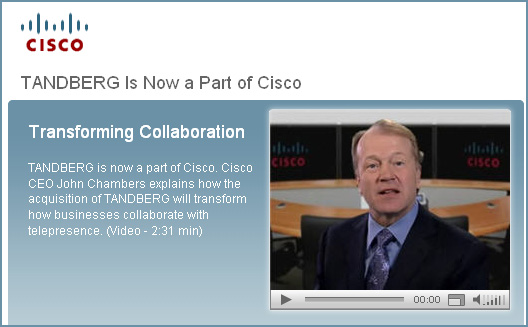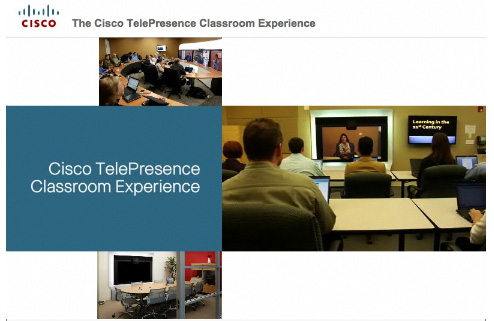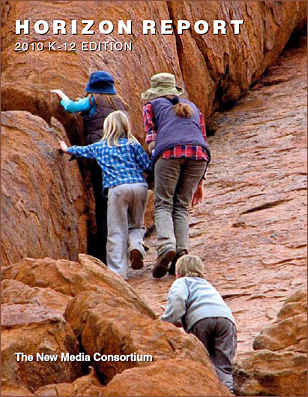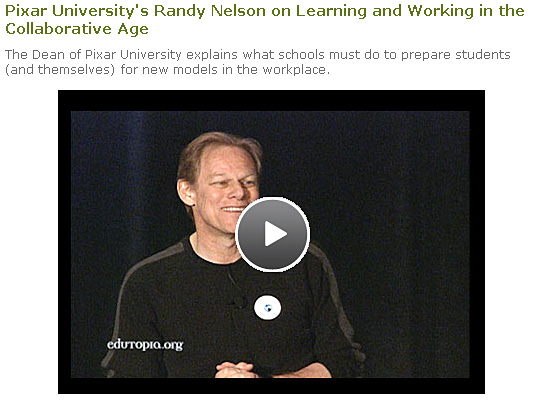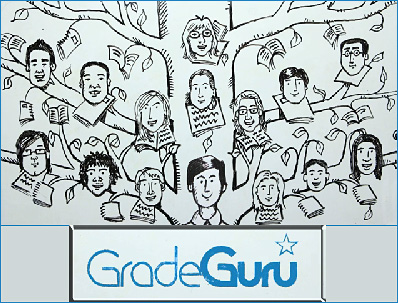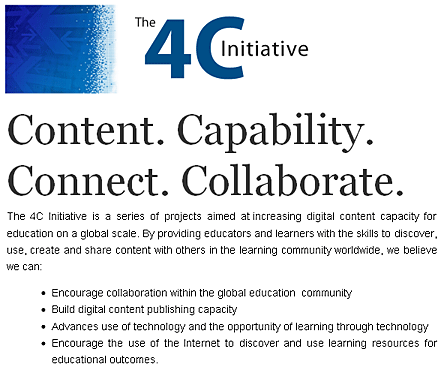From:
Learning TRENDS by Elliott Masie – January 27, 2009.
#606 – Updates on Learning, Business & Technology.
54,875 Readers – http://www.masie.com – The MASIE Center.
Host: Social Learning LAB – Feb 22 to 24 – Saratoga Springs
1. Collaboration: It Is Hard! As we explore the power, potential and impact of Social Learning and Collaboration in our organizations, let’s not oversimplify. We need to take an EVIDENCE approach to how we best design and deploy strategies that include collaboration. Why? Collaboration is Hard!
Collaboration requires several key components:
* Trust
* Need/Motivation
* Shared Aspirations
* Traditions
* Listening
* Courage
* Critical Thinking
* Time
* Tolerance of Diversity
* A Shared Language
I am deeply excited about the opportunity for us to use emerging technologies and evolving learning strategies to leverage collaboration and social learning in our field. But, it will take time and organizational change efforts to evolve the skill and attitude sets of our workplaces. Lotus Notes, in 1993, was a great tool for collaboration. But, most organizations just used it for email. Breaking a classroom into small groups, with a short assignment, does not mean the learners will authentically collaborate. It takes intentional design and feedback to leverage these techniques. And, please don’t think that giving people a bulletin board or access to their Facebook accounts will yield meaningful collaboration.
We are at a very cool and precious moment — where workers and learning professionals can learn about the power and methods of organizational collaboration. Let us collectively experiment, gather evidence and evolve our assumptions and knowledge about collaboration. It is hard, yet it is a powerful tool to be honored and designed in our organizational cultures.









